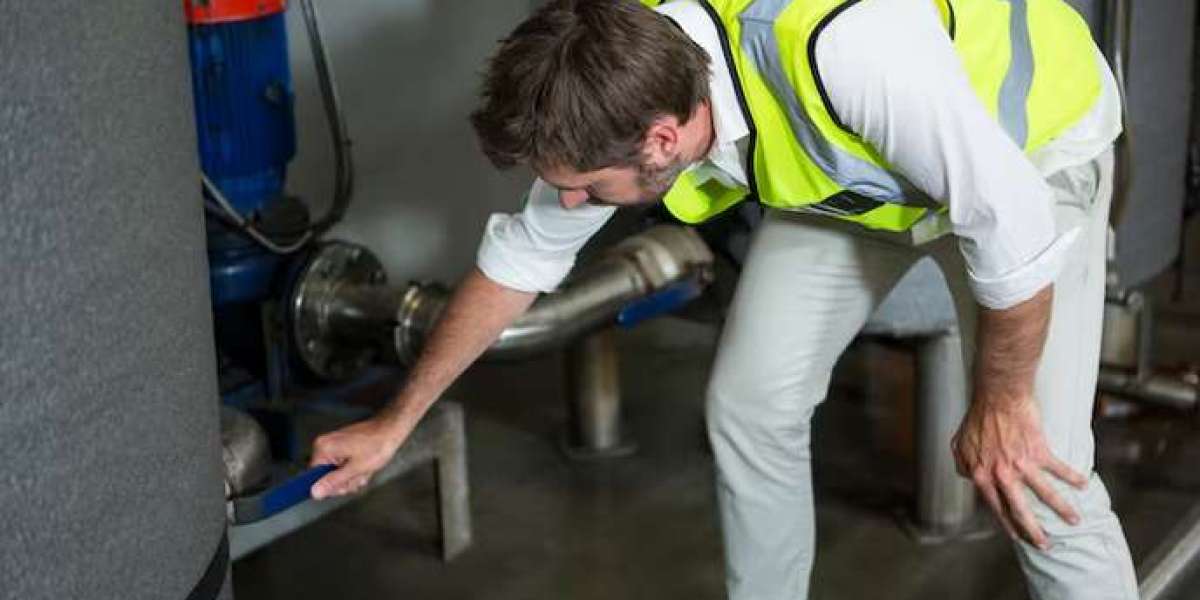Water damage can strike unexpectedly, causing chaos and disruption to homes in Miami, a city known for its vibrant culture and beautiful surroundings. However, with prompt action and the right approach, homeowners can restore their homes to their former brilliance. In this guide, we'll delve into the process of water damage restoration in Miami, offering helpful tips and insights to navigate through this challenging time and bring back the brilliance to your home.
Understanding the Causes of Water Damage
Water damage can result from various factors, including:
Weather Events: Miami's tropical climate makes it susceptible to heavy rainstorms, hurricanes, and flooding, which can lead to water intrusion into homes.
Plumbing Issues: Burst pipes, leaking appliances, and plumbing failures are common culprits of water damage in homes.
Roof Leaks: Damaged or improperly maintained roofs can allow water to seep into homes, causing damage to ceilings, walls, and floors.
Poor Drainage: Improper drainage around the home or a high water table can result in water accumulation and seepage into basements and crawl spaces.
Understanding the root cause of water damage is essential for effective restoration and prevention of future incidents.
Assessing the Damage
The first step in water damage restoration is to assess the extent of the damage. This involves inspecting the affected areas, identifying sources of water intrusion, and evaluating the severity of the damage. It's crucial to document the damage through photographs or videos for insurance purposes and to aid in the restoration process.
Safety First
Before beginning any restoration efforts, prioritize safety. Turn off the electricity and gas supply to prevent electrical shocks or fires. Wear protective gear such as gloves, goggles, and a mask to protect yourself from contaminants and mold spores. If the water damage is extensive or involves black water (contaminated water), consider seeking professional help for cleanup and restoration.
Removing Water and Drying Out
The next step is to remove excess water and thoroughly dry out the affected areas. This can be done using pumps, wet/dry vacuums, or buckets to extract standing water. Open windows and doors to promote airflow and use fans, dehumidifiers, or air movers to speed up the drying process. Pay special attention to hidden areas such as walls, ceilings, and under flooring, as moisture trapped in these areas can lead to mold growth and structural damage.
Cleaning and Disinfecting
Once the affected areas are dry, it's essential to clean and disinfect thoroughly to prevent mold growth and bacterial contamination. Use a mixture of water and detergent to clean surfaces and remove dirt, debris, and contaminants. For Category 2 or Category 3 water damage (contaminated water), use a disinfectant or antimicrobial solution to kill bacteria and pathogens. Pay particular attention to high-touch surfaces such as countertops, door handles, and furniture.
Restoring and Repairing
After the cleaning and disinfection process is complete, you can begin the restoration and repair phase. This may involve replacing damaged materials such as drywall, insulation, flooring, and furniture. Repair any structural damage and ensure that the property is restored to its pre-damage condition. If mold growth is present, hire a professional mold remediation company to safely remove and remediate the mold to prevent further damage and health hazards.
Conclusion
Water damage can be a daunting challenge for homeowners in Miami, but with the right approach, brilliance can be brought back to their homes. By understanding the causes of water damage, assessing the damage, prioritizing safety, removing water, drying out, cleaning and disinfecting, and restoring and repairing, homeowners can navigate through the restoration process effectively and restore their homes to their former brilliance. Remember to document the damage for insurance purposes and seek professional help for extensive or Category 3 water damage. With these tips for water damage restoration in Miami, homeowners can bring back the brilliance to their homes and enjoy peace of mind once again.



